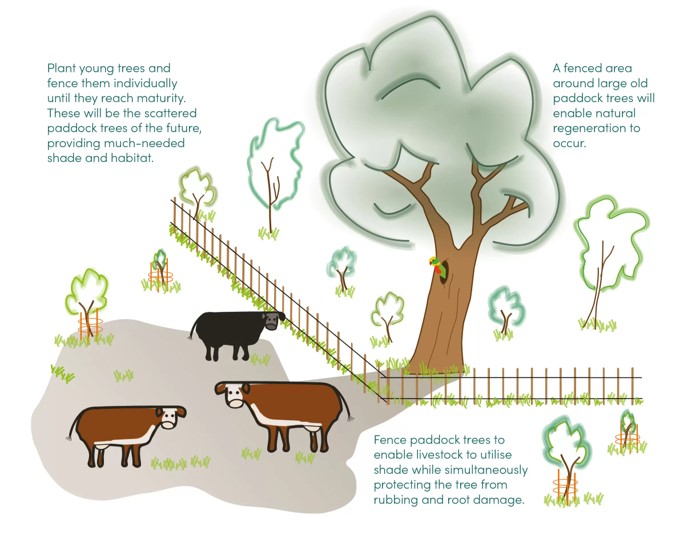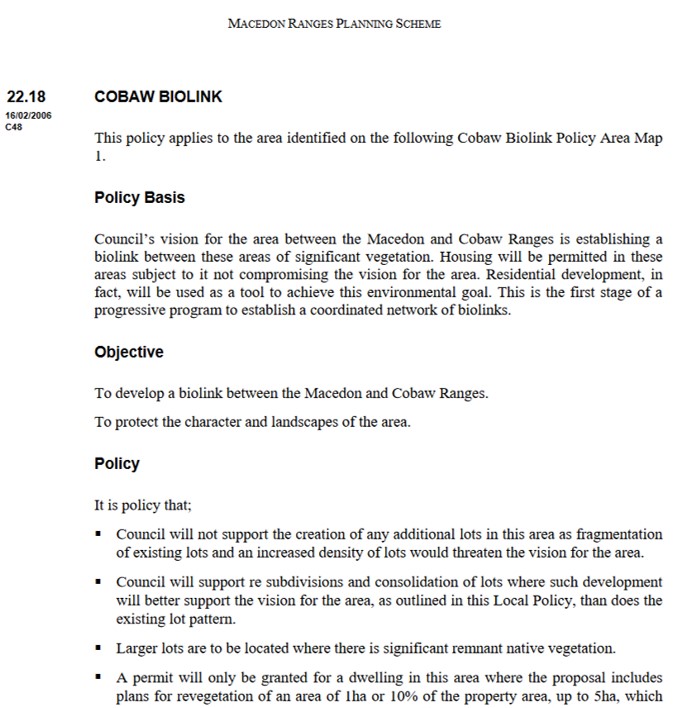We’ve selected a range of actions and ideas on biodiversity to get you thinking.
Improving waterways
Waterways in South Gippsland are highways for wildlife and plants. The riparian zone provides important habitat for plants, animals and fungi; it also provides an important buffer improving water quality.
These examples – click on the images to see the short videos – show action for improving the health of waterways in the ACT. Wetlands have been constructed and vegetated swales introduced to treat low-quality water flowing from the built-up setting before it enters the creek. Concrete channeling has been removed, which slows down water velocity and increases water permeability. Revegetating treats pollutants and improves riparian habitat for wildlife. Installation of rain gardens ensures water is both retained in the area and stormwater is filtered before it enters the waterway. Removing carp and re-introducing snags means native fish can thrive in the higher quality water.


Old mature trees in paddocks
A legacy of historical land clearing practices, isolated paddock trees are critical for wildlife.
This suggestion from Sustainable Farms (NSW) encourages improvements in habitat value – for livestock, for native wildlife, for landscape connectivity.

Biolinks
A very important action is connecting areas of fragmented native vegetation. The Cobaw Biolink, undertaken by Newham & District Landcare Group over the last 15 years on both public and private land, is a great example. Research and monitoring have shown that there are greater numbers of wildlife using the biolink areas than others – so, the animals have voted!

The star in this example, beyond the excellent work of the landcare movement, is the Shire policy. This ensures actions taken in the area don’t undermine the benefits of all that work.

What are your ideas?
What actions do you think should be taken to better protect biodiversity in South Gippsland?
Comment



